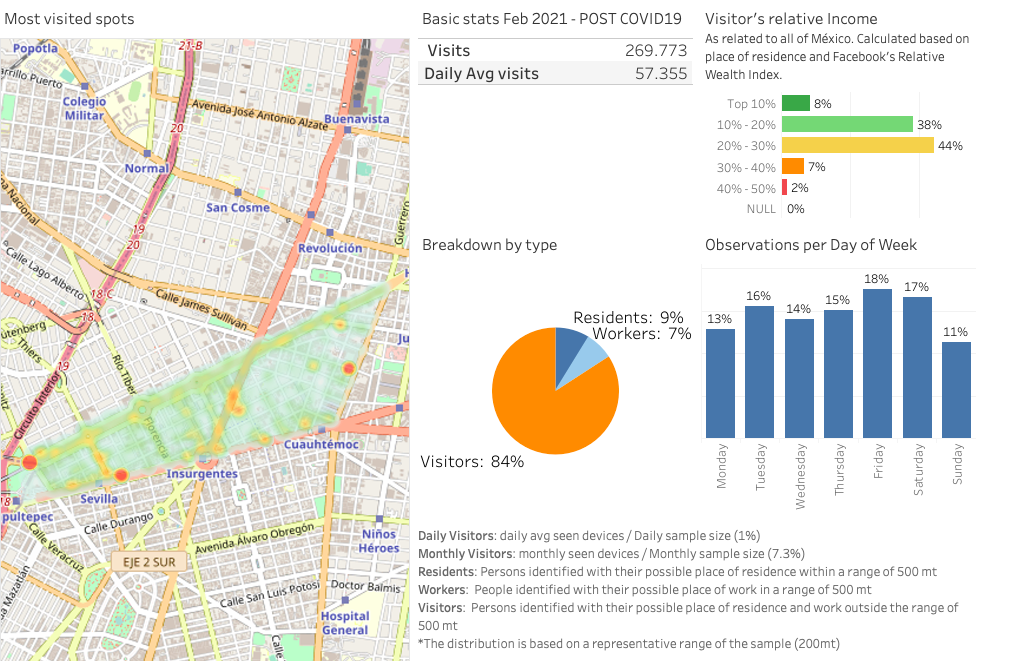Today, more than ever, it’s essential to make the most of the value of the information for companies, both from market data and their own data. With appropriate Big Data management techniques, companies can optimize their strategic business planning.
Big data has emerged as a powerful tool that organizations can use to leverage data-driven decision making for better strategic planning, determine which market niches of their products, are growing or shrinking, obtain traffic data of their stores or website, determining where they come from, what kind of devices they use, dwell time, and foot traffic patterns to help analyze which promotions and efforts are successfully driving their business.

Companies in different industries need to effectively manage their data, when planning and executing any business strategy, providing clarity in all internal and external aspects, from marketing and finance to operations, products, services, services.
Also Read: “Big Data to Estimate Competitors’ Turnover and Revenue.”
Here are the steps to turn Big Data into information that helps define a company’s strategic plans:
Goal planning
The first step is to focus on the objectives that data can help achieve, identifying the problems that need solutions or answers. This type of solution guides the collection of data that can help planning, adopting a balanced perspective of all elements of the business, gaining a clear understanding of how these data sources are related.
The second step is to gain insights from multiple data sources, from social media interactions, smart technologies, sensors, meters, mobile devices, and countless other sources.
Since much of this data is generated through personal habits, behaviors, and activities, it contains valuable, actionable information that can inform decisions and help companies formulate more targeted personalized business strategies.
Performing the analysis
After understanding business objectives and performing data mining, it’s time to move on to the third step, analysis. Executing big data analytics requires learning a set of new tools and skills, such as location intelligence, mobility analytics, machine learning, and predictive modeling.
Big data tools enable the use of predictive modeling and machine learning to generate information about future customer buying behaviors, information that can be used to shape business strategies and optimize business results.
You may be interested in: “Site selection with Big Data“
Take action on the plan
Once this analysis cycle is complete, the fourth step is to put the plan into action. Big data adds the critical element of being able to leverage actual results to verify that a strategy is working as intended. In some cases, this will mean readjusting the strategy. In other situations, unintended consequences will take the company in a new direction with a better outcome.
Checking the results
The last and fifth step is to make sure you are not relying on data sources that will lead you in the wrong direction. When planning and making business decisions based on analytics, you need to make sure you have a solid foundation of information.
At PREDIK Data-Driven we help our clients generate multiple options for their business plans and models to maximize revenue and optimize costs.

